A Victorian house in London gets a minimalist makeover by Lydia Xynogala
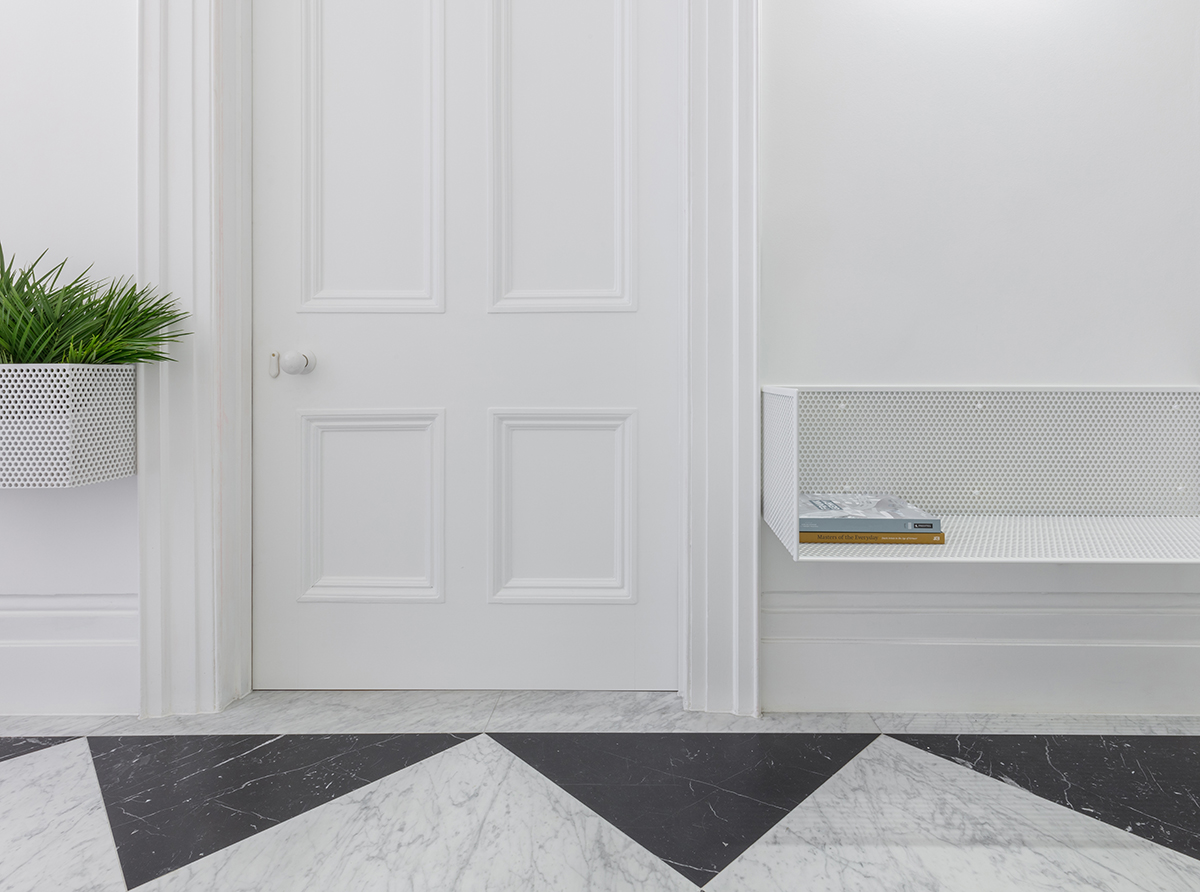
When Greek-born, New York-based architect Lydia Xynogala was called upon to update, introduce light and a sense of the outdoors to an apartment in a Victorian London property, she knew it was a renovation that required some careful handling.
The home, which was in a listed Victorian house in the upmarket Knightsbridge area of the British capital, almost ignored the lush gardens it faced and featured a dark, awkwardly placed kitchen underneath a heavy staircase. The solution lied in meticulously removing all the unnecessary ornamentation and existing details that had been added to the interior over the years, to reveal a lighter, cleaner space that focuses towards the entrance and the gardens.
The original staircase was replaced with a new version made from streamlined, white perforated steel plate. This allowed plenty of light to flow through and into the compact kitchen behind it; when the light shines through the perforation, the stairs appear delicate and almost ethereal. On the mezzanine nestled above the kitchen, a set of shutters made from the same material as the staircase, reveal a guest room when opened.
The entrance to the house also received a thorough refresh, opened up towards the outside and the green spaces beyond. Further perforated steel plate details, such as shelves, seating and indoor planters, were added, creating sharp geometries and much needed visual continuity, while adding extra storage space to entry hall. All the new details were painted white to respond to the retained checkerboard floor.
Everywhere else, Xynogala refreshed and lifted the interior using subtle moves that opened up spaces, tidied up corners and smartened details, using bespoke fittings, streamlined cabinetry and a new, soft colour palette. The result? A subtly luxurious interior beaming with cleverly designed details that coexist comfortably within their Victorian shell as a coherent, contemporary whole.

The project involved the full redesign of the space in relation to the gardens it is facing
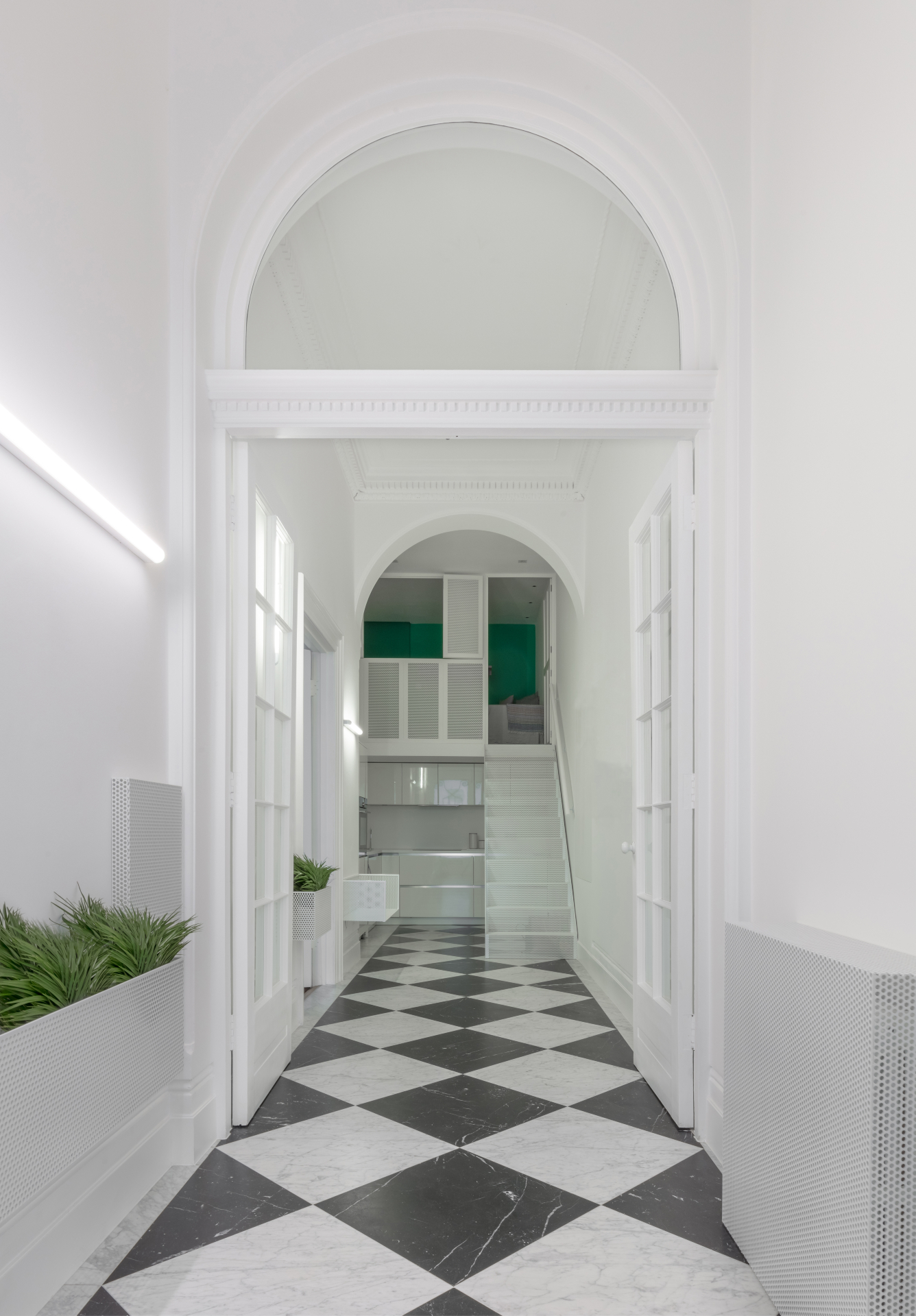
At the same time, bespoke detailing, such as minimalist indoor planters, brought a contemporary sharpness to the interior.
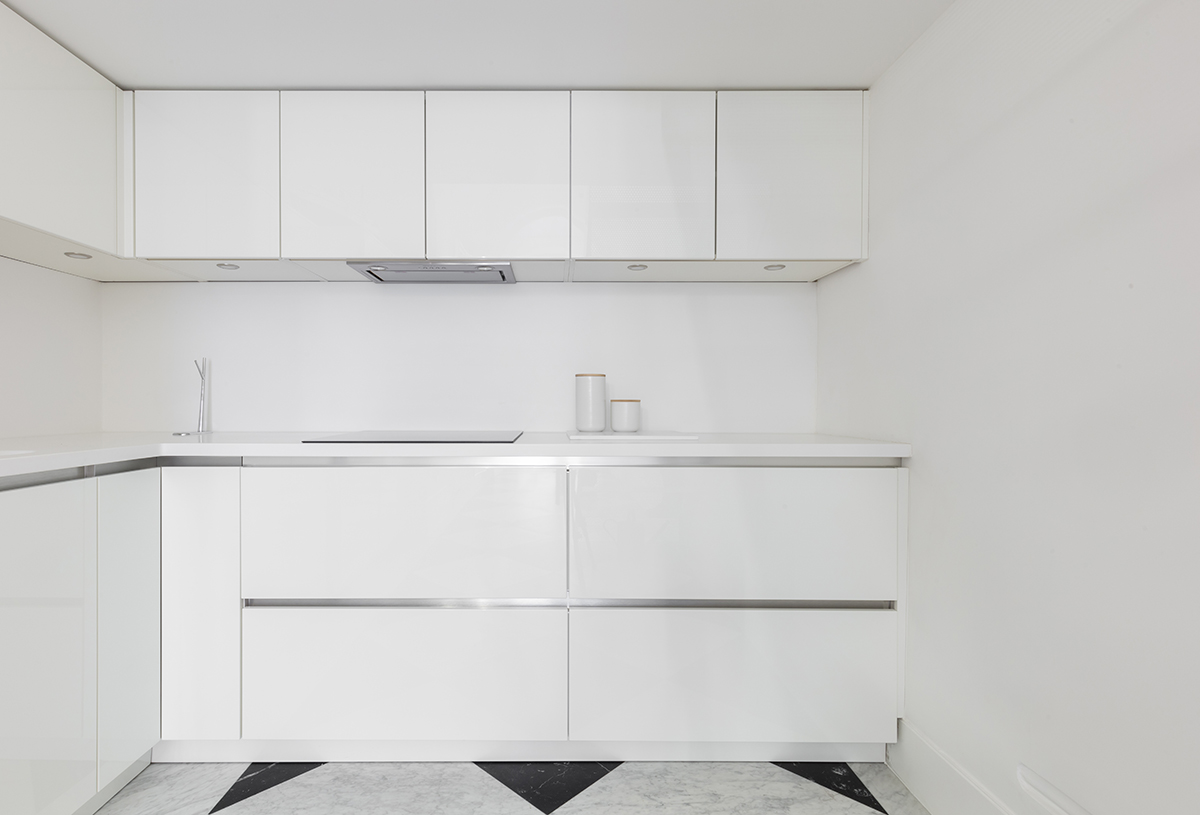
The existing kitchen, which was tucked away behind the main staircase, was reworked into a clean, light space.

The living spaces also received a sophisticated minimalist treatment.

The living spaces also received a sophisticated minimalist treatment.
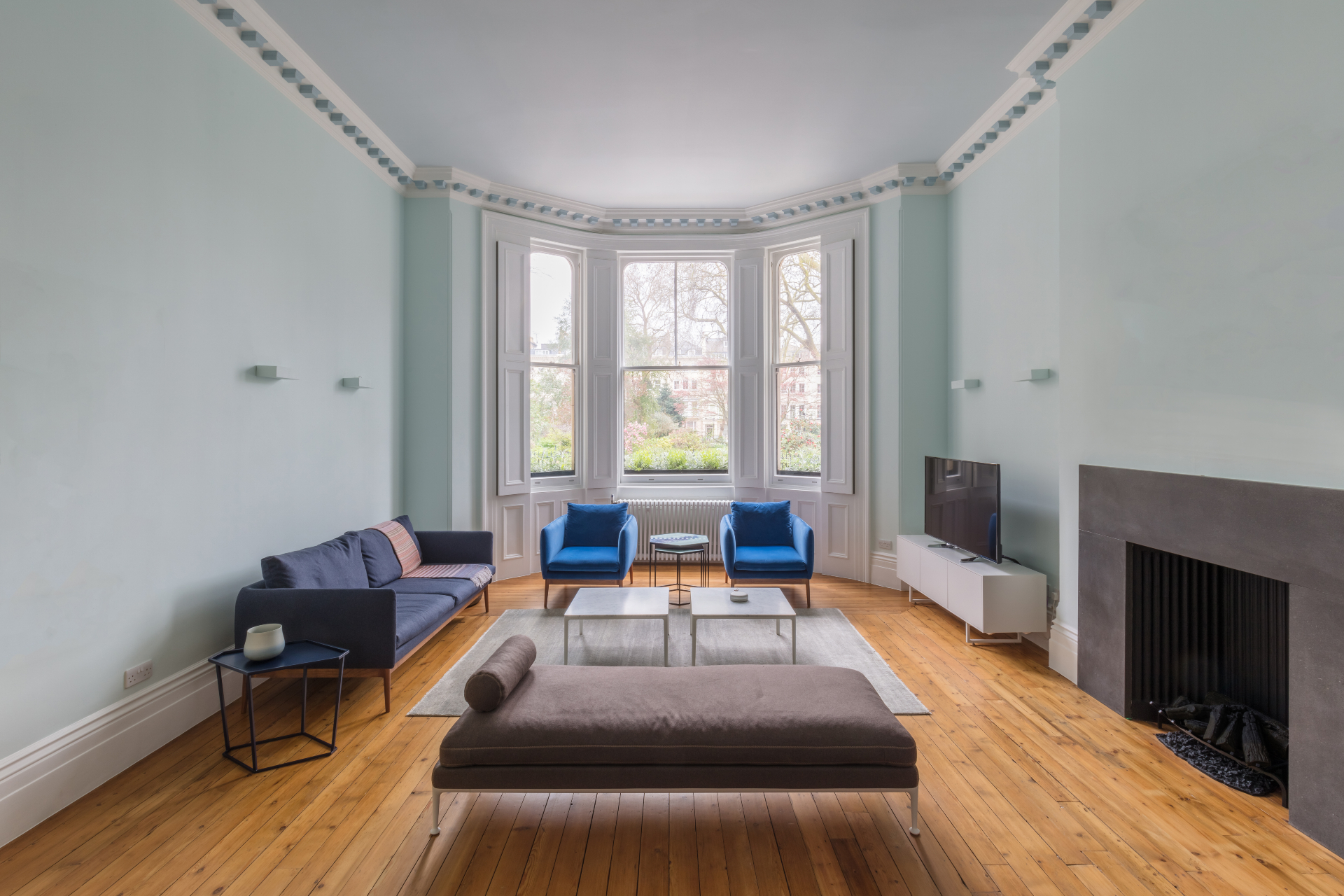
Tailor made fittings and cabinetry highlight the quietly luxurious redesign
INFORMATION
For more information visit the website of Lydia Xynogala
Receive our daily digest of inspiration, escapism and design stories from around the world direct to your inbox.
Ellie Stathaki is the Architecture & Environment Director at Wallpaper*. She trained as an architect at the Aristotle University of Thessaloniki in Greece and studied architectural history at the Bartlett in London. Now an established journalist, she has been a member of the Wallpaper* team since 2006, visiting buildings across the globe and interviewing leading architects such as Tadao Ando and Rem Koolhaas. Ellie has also taken part in judging panels, moderated events, curated shows and contributed in books, such as The Contemporary House (Thames & Hudson, 2018), Glenn Sestig Architecture Diary (2020) and House London (2022).
-
 New tech dedicated to home health, personal wellness and mapping your metrics
New tech dedicated to home health, personal wellness and mapping your metricsWe round up the latest offerings in the smart health scene, from trackers for every conceivable metric from sugar to sleep, through to therapeutic furniture and ultra intelligent toothbrushes
-
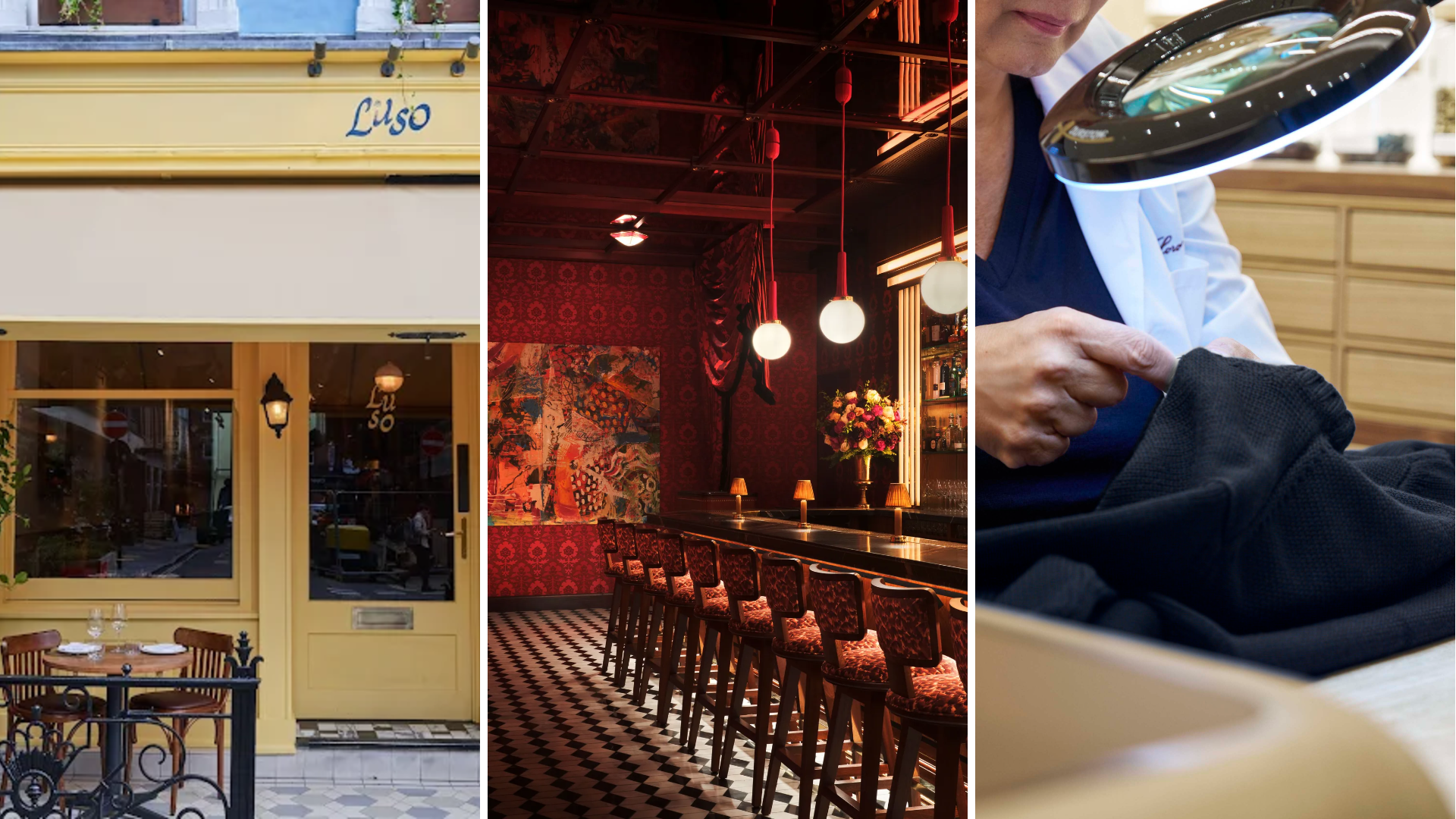 Out of office: The Wallpaper* editors’ picks of the week
Out of office: The Wallpaper* editors’ picks of the week'Tis the season for eating and drinking, and the Wallpaper* team embraced it wholeheartedly this week. Elsewhere: the best spot in Milan for clothing repairs and outdoor swimming in December
-
 How Stephen Burks Man Made is bringing the story of a centuries-old African textile to an entirely new audience
How Stephen Burks Man Made is bringing the story of a centuries-old African textile to an entirely new audienceAfter researching the time-honoured craft of Kuba cloth, designers Stephen Burks and Malika Leiper have teamed up with Italian company Alpi on a dynamic new product
-
 Arbour House is a north London home that lies low but punches high
Arbour House is a north London home that lies low but punches highArbour House by Andrei Saltykov is a low-lying Crouch End home with a striking roof structure that sets it apart
-
 A former agricultural building is transformed into a minimal rural home by Bindloss Dawes
A former agricultural building is transformed into a minimal rural home by Bindloss DawesZero-carbon design meets adaptive re-use in the Tractor Shed, a stripped-back house in a country village by Somerset architects Bindloss Dawes
-
 RIBA House of the Year 2025 is a ‘rare mixture of sensitivity and boldness’
RIBA House of the Year 2025 is a ‘rare mixture of sensitivity and boldness’Topping the list of seven shortlisted homes, Izat Arundell’s Hebridean self-build – named Caochan na Creige – is announced as the RIBA House of the Year 2025
-
 In addition to brutalist buildings, Alison Smithson designed some of the most creative Christmas cards we've seen
In addition to brutalist buildings, Alison Smithson designed some of the most creative Christmas cards we've seenThe architect’s collection of season’s greetings is on show at the Roca London Gallery, just in time for the holidays
-
 In South Wales, a remote coastal farmhouse flaunts its modern revamp, primed for hosting
In South Wales, a remote coastal farmhouse flaunts its modern revamp, primed for hostingA farmhouse perched on the Gower Peninsula, Delfyd Farm reveals its ground-floor refresh by architecture studio Rural Office, which created a cosy home with breathtaking views
-
 A revived public space in Aberdeen is named Scotland’s building of the year
A revived public space in Aberdeen is named Scotland’s building of the yearAberdeen's Union Terrace Gardens by Stallan-Brand Architecture + Design and LDA Design wins the 2025 Andrew Doolan Best Building in Scotland Award
-
 The Architecture Edit: Wallpaper’s houses of the month
The Architecture Edit: Wallpaper’s houses of the monthFrom wineries-turned-music studios to fire-resistant holiday homes, these are the properties that have most impressed the Wallpaper* editors this month
-
 A refreshed 1950s apartment in East London allows for moments of discovery
A refreshed 1950s apartment in East London allows for moments of discoveryWith this 1950s apartment redesign, London-based architects Studio Naama wanted to create a residence which reflects the fun and individual nature of the clients